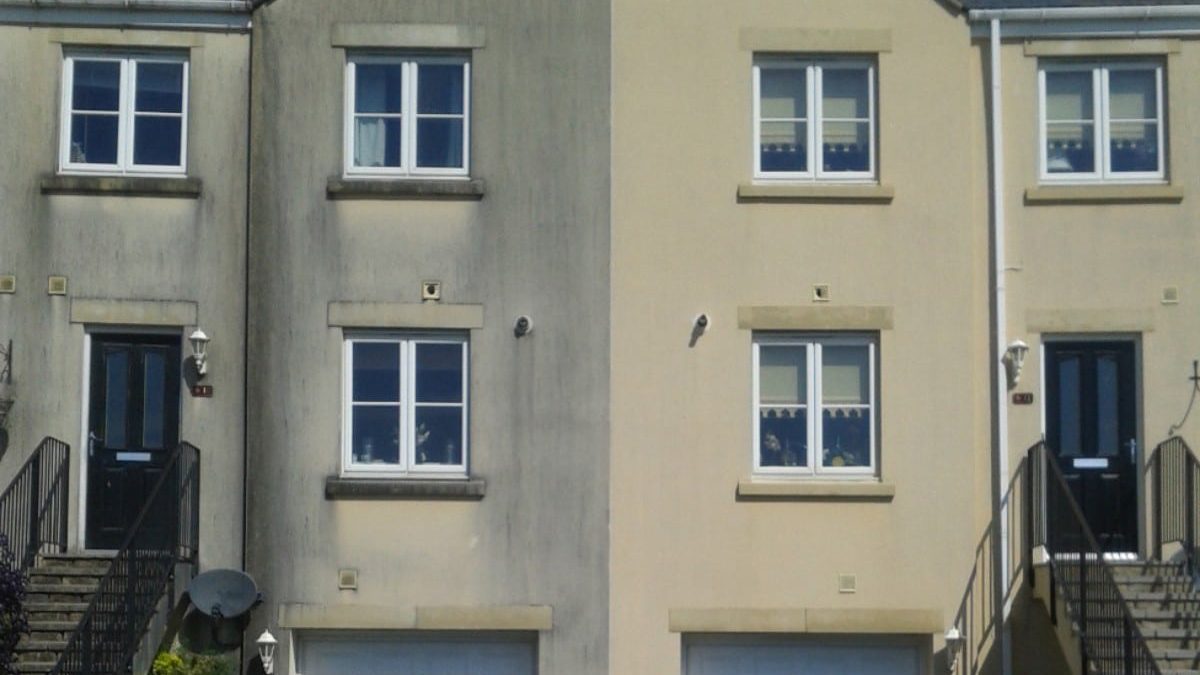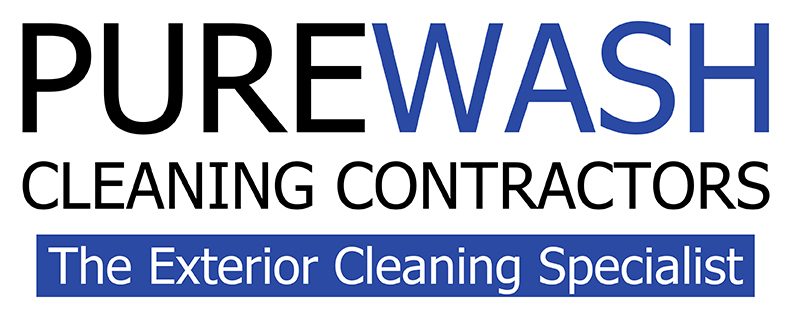
Introduction:
When it comes to maintaining the aesthetic appeal of your property, render cleaning plays a crucial role. Over time, environmental factors such as dirt, algae, and pollution can take a toll on the appearance of your exterior walls. In this guide, we’ll explore three effective render cleaning methods: soft washing, K-rend maintenance, and the benefits of avoiding pressure washing.
- Soft Washing: Gentle Power for Lasting Results
Soft washing is a method that utilizes low-pressure water combined with specialized cleaning solutions to safely and effectively remove dirt, algae, and other contaminants from the surface of your render. This technique is particularly beneficial for delicate or porous renders, as it minimizes the risk of damage while providing long-lasting results.
- How it Works: Soft washing relies on biodegradable cleaning solutions to break down and lift contaminants without the need for high-pressure water. This ensures a thorough clean without compromising the integrity of the render.
- Benefits: Soft washing not only cleans the surface but also helps prevent the regrowth of algae and mold. It is a gentle yet powerful method that leaves your render looking rejuvenated without the risk of water intrusion or damage.
- K-rend Maintenance: Preserving the Beauty of Modern Renders
K-rend is a popular choice for modern exteriors due to its textured finish and durability. However, like any other render, it requires regular maintenance to keep its appearance pristine. Cleaning K-rend involves specific considerations to ensure the longevity of its unique finish.
- Specialized Cleaning: K-rend surfaces require a careful approach to cleaning. Soft washing is often recommended to avoid damaging the textured finish. The use of appropriate cleaning agents tailored for K-rend ensures effective removal of contaminants.
- Preventing Staining: Regular cleaning not only enhances the visual appeal of K-rend but also prevents staining over time. Addressing dirt and algae promptly helps maintain the original color and texture of the render.
- No Pressure Washing: Why Less is More
While pressure washing may seem like a quick solution for render cleaning, it comes with potential risks, especially for more delicate renders. No pressure washing is a philosophy that advocates for alternative methods to achieve cleanliness without the potential harm associated with high-pressure water.
- Avoiding Damage: Pressure washing can force water into the small cracks and crevices of the render, leading to water intrusion and potential damage. Opting for gentler methods like soft washing ensures a thorough clean without the risks associated with pressure washing.
- Preserving the Environment: High-pressure washing can dislodge contaminants, sending them into the environment. No pressure washing methods, such as soft washing, are more environmentally friendly, utilizing biodegradable solutions that minimize harm to surrounding ecosystems.
Conclusion:
In the realm of render cleaning, choosing the right method is crucial for maintaining the beauty and integrity of your property’s exterior. Whether it’s the gentle effectiveness of soft washing, the specialized care for K-rend, or the avoidance of pressure washing, each approach contributes to a cleaner, more appealing facade. Regular maintenance using these methods not only enhances the visual appeal but also ensures the longevity of your render, protecting your investment for years to come.
